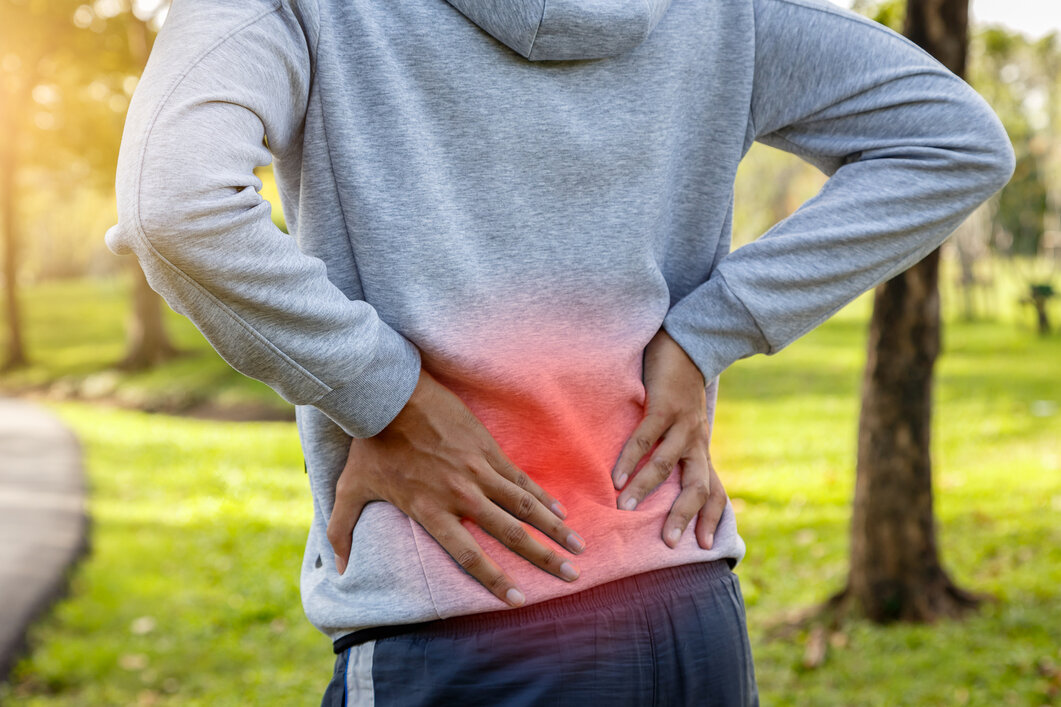Financial News
Common Injuries and Ailments Experienced by Athletes
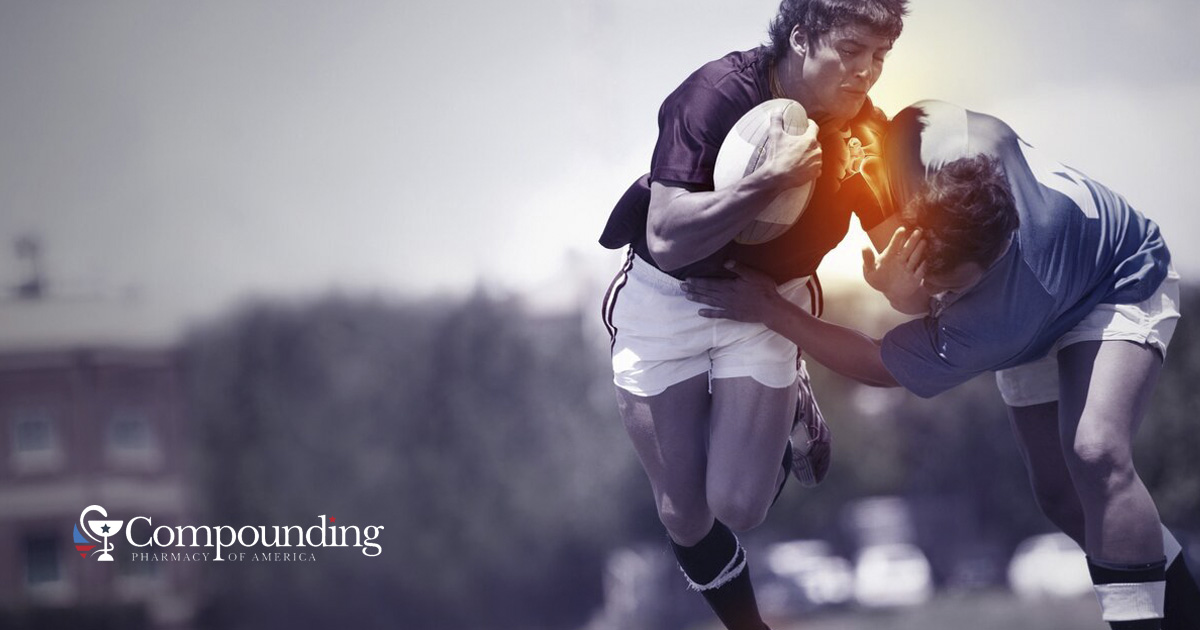 Photo from gettyimages
Photo from gettyimagesOriginally Posted On: Understanding, Treating, and Preventing Common Sports Injuries (compoundingrxusa.com)
It’s that time again. Winter has given way to spring, and soon, more people will be restarting outdoor sports and workout routines. Seeing others energized and working on their health can be a huge motivator for friends and family to get up and get active. As a result, now is the perfect time to reinforce the importance of exercise and fitness.
Regular physical activity can prevent several chronic conditions, including diabetes, heart disease, and obesity. For most athletes, however, getting active is not the final word on health and fitness. Instead, individuals participating in sports must also focus on staying safe while playing the game. That’s why, in addition to encouraging physical activity, this is a great time to reinforce the importance of preventing injury during sports and exercise for athletes and non-athletes alike.
Athletic InjuriesIf you or your child participates in any athletic sport, chances are high you have already experienced injuries. To prevent and treat injuries, athletes can benefit from working with sports medicine experts. These professionals can help educate them about physical risks and promote healthy healing if an injury occurs.
Without proper treatment and healing time, injuries can progressively worsen. If your sport injures you, be sure to seek the least invasive methods of treatment. Surgery can prolong healing time and cause unnecessary risks. To help you prepare for the upcoming season, we’ve compiled a list of common athletic injuries, their treatments, and how you can help prevent them.
Muscle, Ligament, and Tendon InjuriesSome of the most common sports injuries are related to your muscles. Unfortunately, incorrect techniques generally lead to ligament and tendon damage. Such injuries include (but are not limited to):
Strained MusclesAlso known as pulled muscles, muscle strains can occur when a muscle is overused and stretched past its natural limits. As such, they’re not only associated with sports. However, muscles strained due to athletic activities may be more severe and tend to require more time and attention than just a few days of rest.
- Back muscles. If you’ve ever forgotten to lift with your legs when picking up a heavy object, you most likely know the feeling of pulling a back muscle. Mild back strain can be treated from home, but symptoms like severe swelling or lumps, pain that affects your ability to sleep, or numbness/weakness in your back or legs, are all cause to seek professional treatment.
- Thigh/groin muscles. Thigh and groin (upper inner thigh) muscles can be strained via twisting or overexertion when kicking or jumping. These injuries can also occur during running due to improper stretching. Groin strain can be particularly painful and, depending on the type of injury, may impact your mobility. Treatment includes inactivity, icing, elevation, and anti-inflammatories. If the injury is severe, physical therapy may be necessary.
- Hamstring injuries are common in athletes of all sports. The hamstring muscles are located on the back side of the leg. Injury to a hamstring can include a strain or tear. Improper stretching or overextending leg muscles can result in hamstring injury. Treatment includes rest and ice for minor injuries. Torn hamstrings may need surgical repair.
Anytime a tendon or muscle is overused, there is potential for swelling. Most swelling will return to normal with rest, ice, and (if possible) elevation of the affected body part. More severe cases of muscle swelling or tendonitis may require anti-inflammatory painkillers or alternative treatments.
Tennis ElbowTennis elbow doesn’t occur only in tennis players. Golfers are also prone to the injury, as they often overuse medial and lateral muscles during repetitive motions. Arm tendons become inflamed, requiring rest, ice, and anti-inflammatory medication. Topical treatments are also available to reduce swelling, but tennis elbow will require a few weeks of recovery time.
Shin Splints Photo from gettyimages
Photo from gettyimages
Runners, soccer players, and other field athletes often suffer from shin splints, which causes pain from small tears in the muscle surrounding the bones. Inflammation can also be present, compounding the problem. Poor stretching, overpronation, and inadequate shoe support often cause shin splints. Treatment includes rest, stretching, and topical creams. Athletes with shin splints are at higher risk for developing the same injury in the future.
ACL InjuriesThe anterior cruciate ligament (ACL) is a major ligament in the knees. Football and lacrosse players often suffer ACL injuries due to frequent pivoting and maneuvering. Collisions that happen when the knee twists often occur during high-impact games. ACL injuries can result in tears or strains to the ligament. Surgery is often unnecessary unless the ACL is torn completely through.
Joint InjuryOther parts of the body frequently injured by playing sports with improper techniques as well as general use over time are the major joints, including knees, wrists, ankles, elbows, and shoulders. Dislocation is one of the easiest injuries to treat, as sometimes a dislocated joint can just be adjusted back into place. The more difficult injuries to treat are injuries that occur over time due to wear and tear.
Knee InjuriesACLs aren’t the only injuries that commonly affect athletes’ knees. Knees are load-bearing joints, meaning they take the brunt of the impact involved in sports with lots of running and jumping. This can cause tears of other ligaments and cartilage, as well as fractures and dislocation. Severe injuries to the knees can require surgery, and you may wind up needing a total knee replacement later in life.
Ankle SprainsRunning, basketball, soccer, and volleyball are the most common sports for player ankle sprains. The injury typically occurs when athletes’ ankles twist excessively. Athletes suffering from a strain often have swelling and bruising at the injury site. Treatment for sprains includes rest, icing, and elevation of injury. Ankle sprain recovery varies greatly, from two weeks to 12 weeks after initial injury.
Wrist, Elbow, and Shoulder InjuriesAnkle sprains may be the most common sprains, but wrist, elbow, and shoulder strain are not far behind—especially in certain sports like tennis, football, and gymnastics. If you find yourself having pain in any of these joints from athletic use, it’s a good idea to wear a wrist guard or sling to stabilize the affected joint for a few days. In addition, make sure to rest and apply ice when needed.
Bone and Head Injuries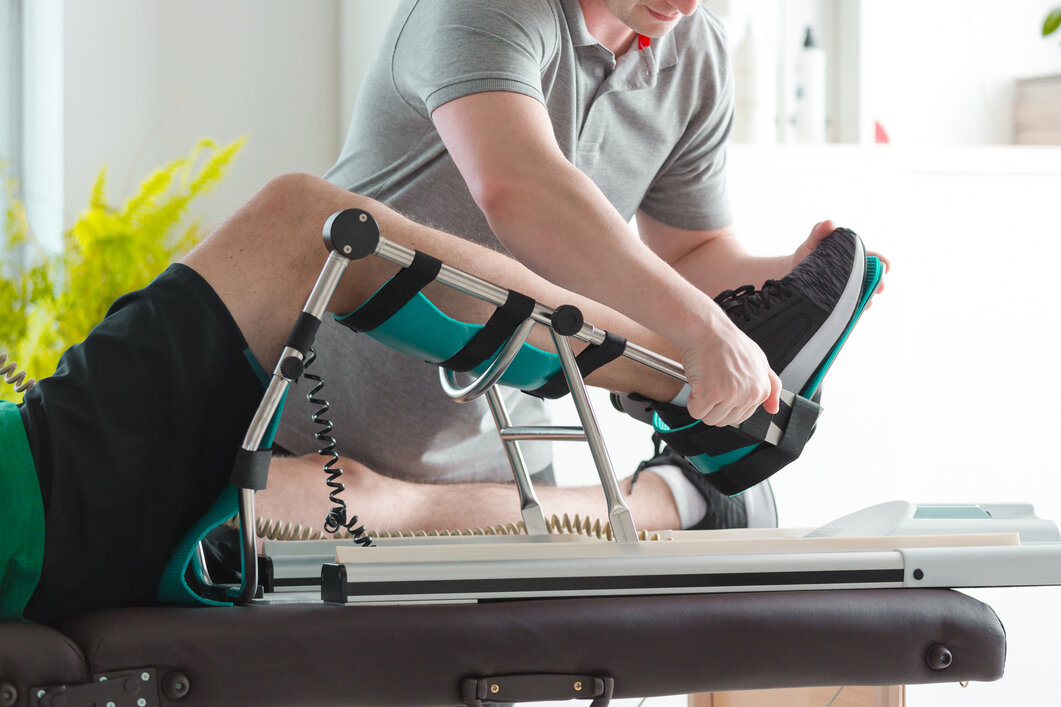 Photo from gettyimages
Photo from gettyimagesWhen you think about bone-related sports injuries, broken bones are often what comes to mind. And while those do happen while playing sports, it’s frequently the other bone injuries that can wind up presenting more severe issues down the road.
Stress FracturesStress fractures are small cracks that can form due to trauma to a bone. You can get stress fractures in your shins, making it difficult to discern between them and shin splints. Another common area for stress fractures is your feet. The best treatment for these fractures is time and elevation of the impacted bones.
ConcussionsCollisions and falls during athletics can lead to concussions. Symptoms include vomiting, confusion, slurred speech, and severe headaches. Current treatment options for concussions include rest and inactivity. Children or adults suffering multiple concussions should consider stopping the sport to avoid permanent brain injury. Before returning to sports, athletes with a concussion must receive medical clearance.
Preventing Sports InjuriesThough you can’t completely eliminate the risk of all sports injuries, the best way to protect your athletic career and your health is to do all you can do to prevent them. The sport with the most injuries is basketball, but football, soccer, ice hockey, and cheerleading follow closely behind.
Some preventative measures you can take no matter the sport include:
- Properly stretching before each workout/game
- Wearing all necessary protective gear
- Pacing yourself and not pushing your body to the limit
- Getting a trainer to help refine your techniques
Injuries vary across different sports but commonly affect the same body parts. Running, arm movements, and muscle strains can occur in any sport. The degree of injury and whether it’s an acute or chronic sports injury will determine proper prevention, recuperation time, and treatment methods.
What is an Acute Sports Injury?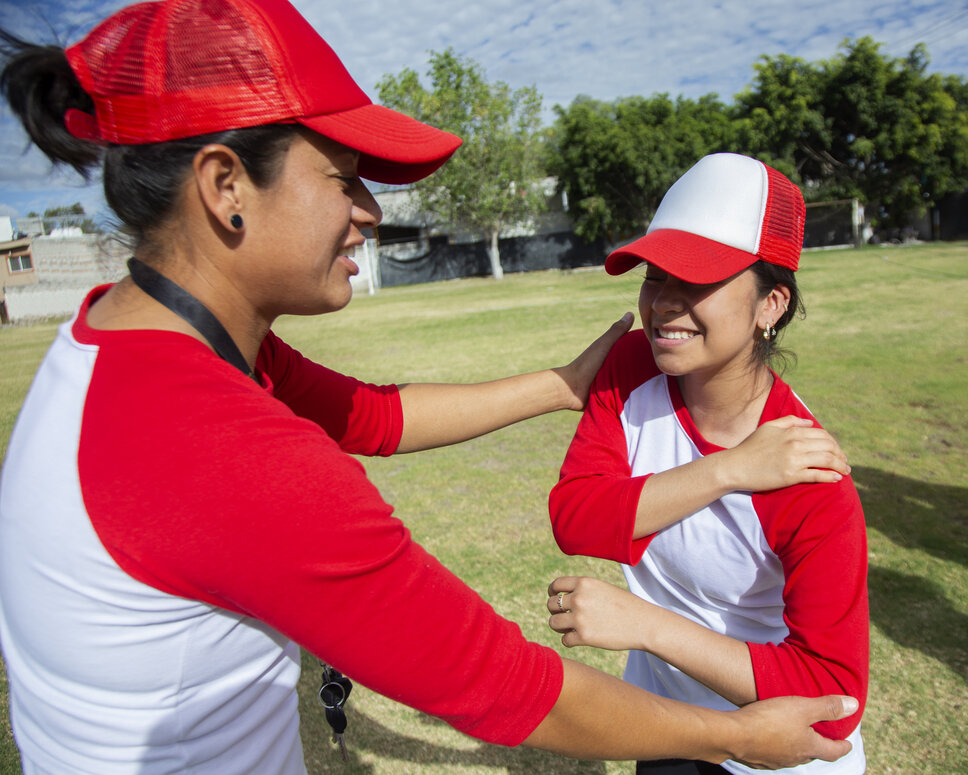 Photo from gettyimages
Photo from gettyimagesOriginally Posted On: Understanding, Treating, and Preventing Common Sports Injuries (compoundingrxusa.com)
Acute sports injuries are those that happen from specific events, like a fall, a blow from an object or another person, a sudden movement, or another type of trauma. You can prevent many acute sports injuries by taking the precautions above.
Common acute sports injuries include:
- Muscle strains
- Muscle sprains
- Fractures
- Broken bones
- Dislocated joints
- Tendon and ligament tears
Alternatively, a chronic sports injury is one that occurs over time with frequent activity. Sometimes, chronic sports injuries continue to flare up, even after treatment, which is why it’s vital to listen to your body when it sends you pain signals. Long-term injury to your body parts is only made worse by continuing to play through the pain.
Chronic injuries can be associated with practicing improper techniques. However, they are also commonly found in long-time athletes of sports that require repetitive motions like cycling, swimming, or golf.
These injuries include:
- Shin splints
- Stress fractures
- Tennis elbow
- Inflamed heels
While many sports injuries are easily treated with rest and over-the-counter (OTC) medicines, others need more extensive care. Because of the variety of injuries that athletes experience, the question of how to treat sports injuries has many answers. That’s why it’s important to have a good relationship with a physician dedicated to helping you not only prevent injuries but heal from them quickly and effectively.
When injuries do occur, most physicians recommend the least-invasive treatments possible—prescription medications, topical creams, and injections often ensure the smallest chance for side effects. Keep in mind that athletes who opt for surgery to heal injuries often have longer recovery times and more long-lasting effects than those who do not undergo surgery. If you have reason to believe a different treatment may be a better choice for you, it’s always okay to get a second or third opinion to consider all your options.
Carefully Monitor All Medications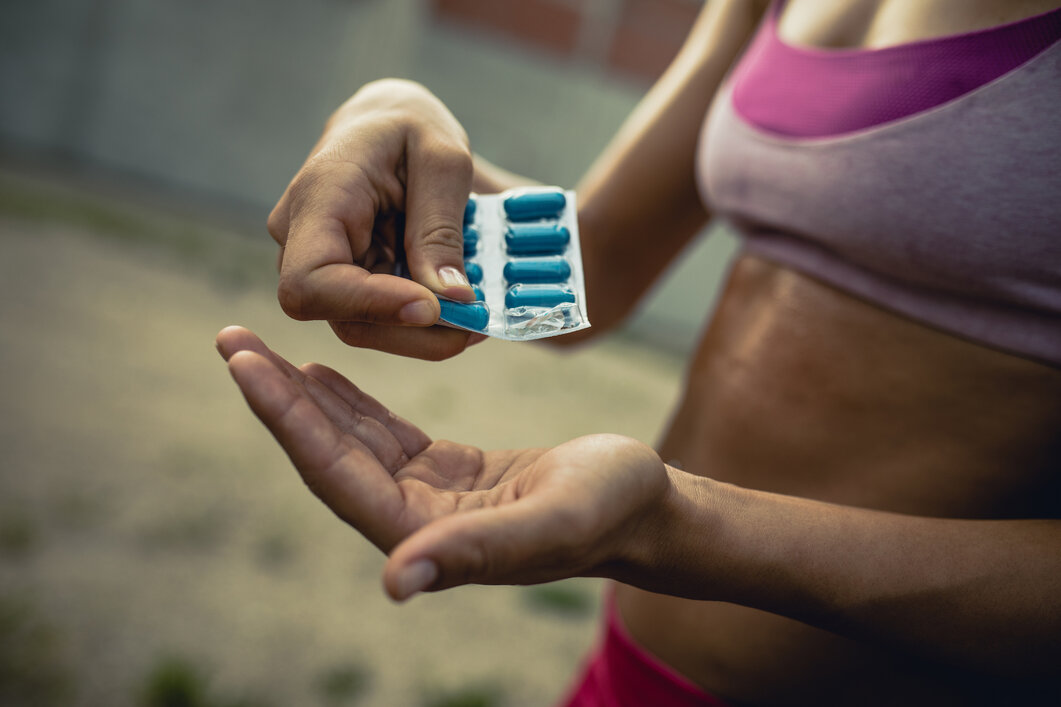 Photo from gettyimages
Photo from gettyimagesIt’s also incredibly important to remain aware of your medication intake, carefully monitoring the dosages of any prescription medications, and regulating your use of OTC medicines. Long-term use of aspirin, acetaminophen, and other OTC anti-inflammatories and painkillers comes with a number of dangerous side effects. However, medical providers can order precisely formulated medications to avoid allergies and medication interactions.
If you’re not yet aware of the possibilities for custom medication, compounding services may be the right solution for you for the treatment and prevention of sports injuries. Not every pharmacy can provide the right pharmaceuticals for your unique needs. Here at Compounding Pharmacy of America, we work with patients and their physicians to create a personalized plan of care that delivers the best results possible. Custom medication dosing, available from compounding pharmacists, often ensures the best results. Before you consider surgery, research options for a personalized plan of care.
If you’d like more information about the benefits of custom medication dosing or would like to let our pharmacists know more about your unique medication needs, contact Compounding Pharmacy of America today.
Stock quotes supplied by Barchart
Quotes delayed at least 20 minutes.
By accessing this page, you agree to the following
Privacy Policy and Terms and Conditions.




